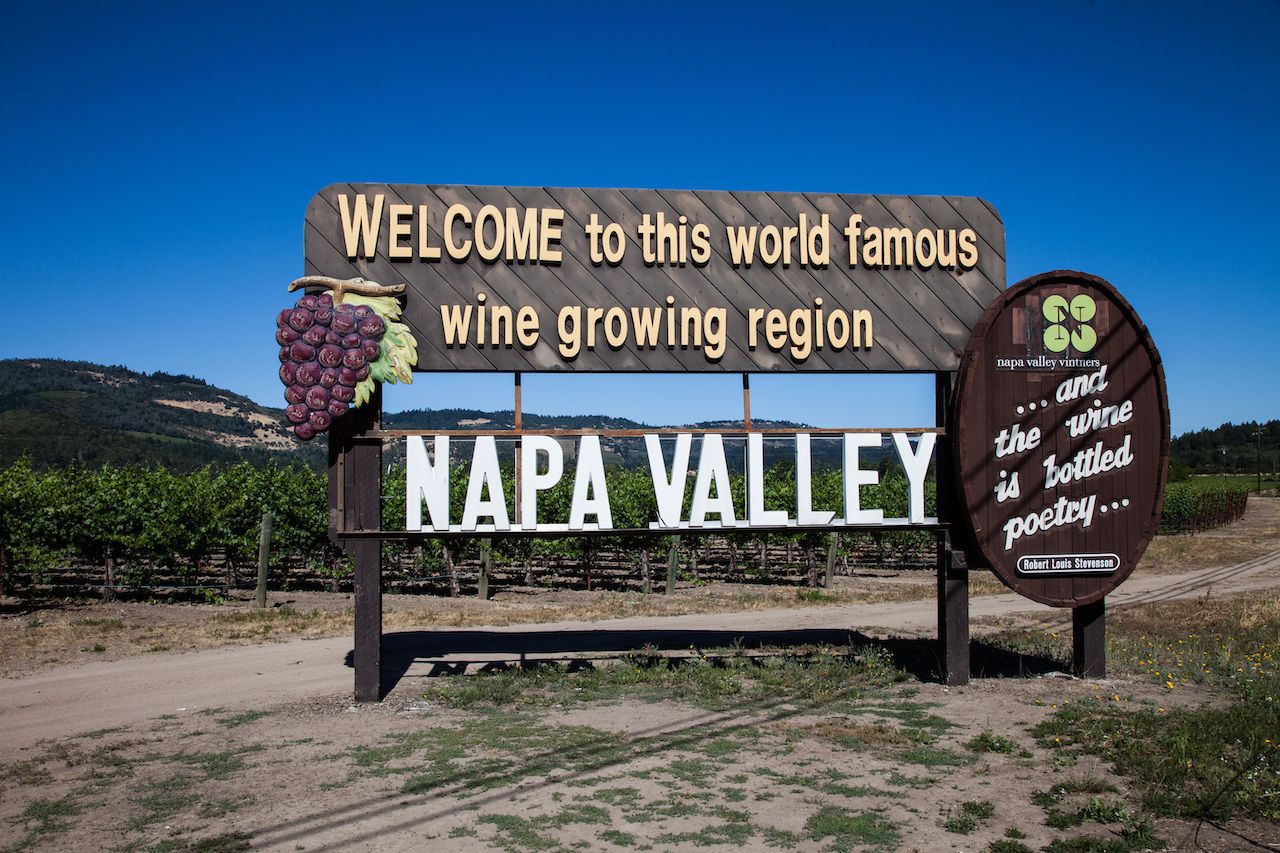Tom Gamble, founder of Gamble Family Vineyards in Napa, can’t help but talk about ancient history when the topic of sustainability comes up in conversation.
Gamble’s winery is helping restore the Napa River to what it looked like before it was at the center of a name-brand wine region. To explain why, he starts with the beginning of Western civilization.



